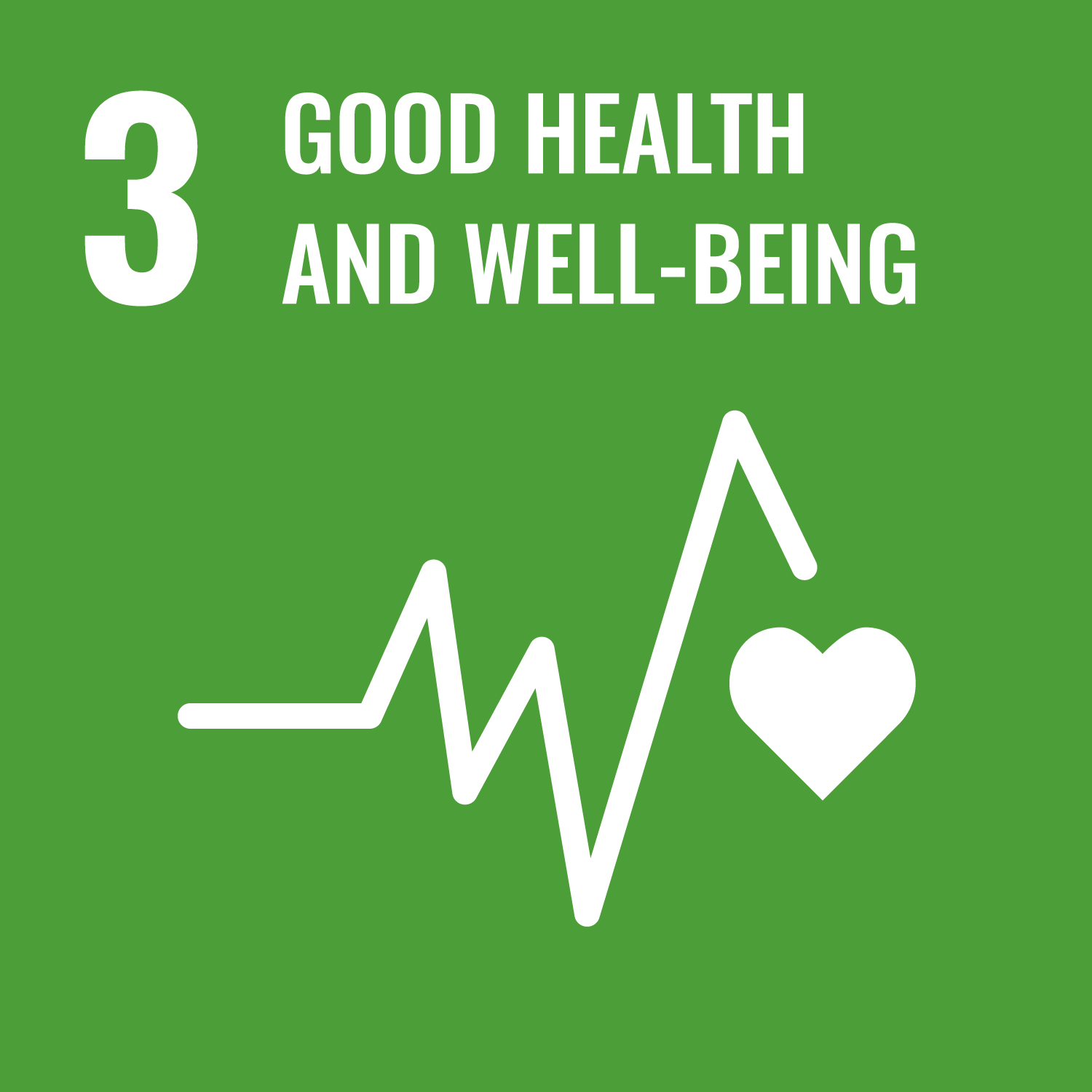The tuberculosis (TB) incidence rate decreased moderately in the early 2000s but plateaued during the most recent decade, standing at 27.4 cases per 100 000 population in the Region in 2015. The Region is still experiencing the impact of more than 2 years of TB program disruptions caused by the COVID-19 pandemic. WHO estimates that in 2022 the TB incidence rate increased to pre-pandemic levels in 2022, at 31.4 cases per 100 000 population, compared to 27.4 cases per 100 000 population in 2015.
This indicator reflects the impact of the implementation of the End TB strategy, and it is one of high-level indicators of the global strategy. Countries are making significant efforts to increase case diagnosis and reverse the escalating incidence rate. In 2022, notification levels for TB cases reached pre-pandemic levels. PASB is working with Member States to accelerate the adoption and expansion of proven technologies and strategies for combating the spread of TB, while also taking steps to ensure sustainability of the TB response by adhering to the WHO Multisectoral Accountability Framework for TB.
Recommendations
• Implement interventions that have proven key to TB control within comparable countries. Examples include facilitating active case detection among vulnerable populations, implementing TB mitigation programs in heavily affected areas, conducting rapid TB molecular testing and drug sensitivity testing, expanding the use of WHO-recommended drugs for TB treatment, promoting technologies such as computer-assisted digital x-ray technology adoption, and employing artificial intelligence for sensitive TB screening.
• Expand TB contact tracing. Implement preventive TB treatment in groups at disproportionately high risk of contracting the disease to break the TB transmission chains and prevent new TB infections. • Implement secure digital TB information systems with unique personal identifiers to enhance the precision and robustness of TB contact-tracing efforts.
• Promote collaboration and synergy among complementary healthcare programs that interface with TB detection and treatment, with a special focus on primary healthcare programs.
• Involve actors outside the healthcare sector, including civil society, in addressing social determinants that negatively impacted the health of TB patients.
• Ensure the sustainability of the TB response by adhering to the WHO Multisectoral Accountability Framework for TB.

